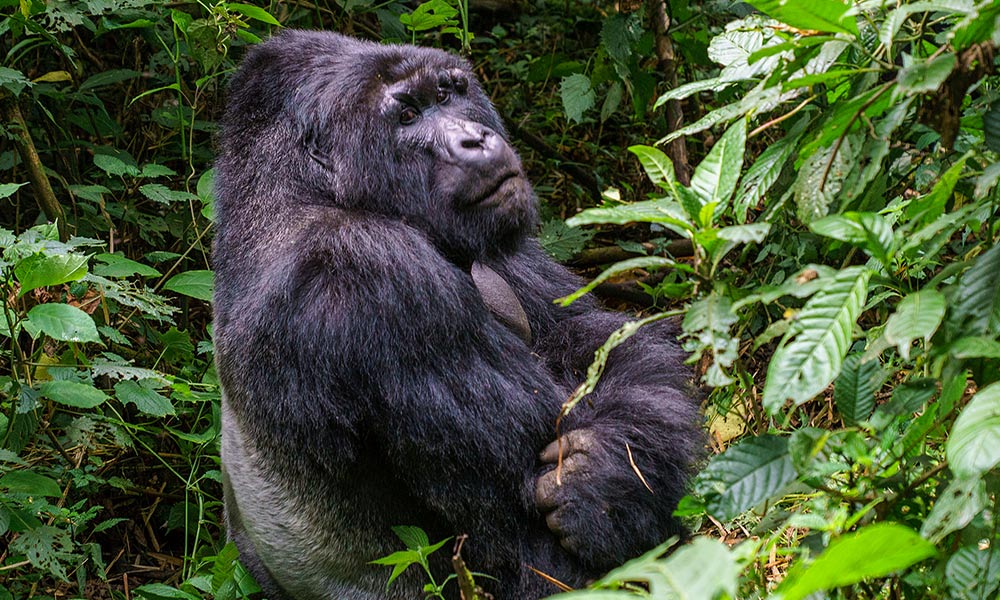Grasses are significant plants, covering 30% of the Earth’s surface, inhabiting every biome and providing important food sources to both humans and animals.
There are a massive 967 species of grasses in Southern Africa, occurring in every habitat. They are of a great ecological importance to the bush as they are responsible for feeding all of the grazing herbivores.
As there are so many different grass species, we will just highlight some broad types of grasses that are favourable to the animals.
These are categorised into veld (from the Afrikaans word meaning ‘field’) types, as follows:
Sweet Veld
This veld type likes the low lying warm parts of Southern Africa, and these grasses maintain a high nutritional content throughout the year, as well as being very palatable to the species that browse on the grasses.
Although sensitive to over-browsing, they are hardy grasses and grow back quickly after fires. Sweet veld indicates fertile soil and is often accompanied by trees such as the sweet thorn acacia (Acacia karoo).
Sour Veld
As the name suggests, the sour veld plants lack a constant nutritional value and palatability, primary at maturity, and are therefore browsed a lot when in young growth.
These species generally prefer higher altitudes and cooler weather with higher rainfall, but they are slower to recover after burning. Tree species indicative of sour veld include the knob thorn and buffalo thorn.
Mixed Veld
Mixed veld is a combination of both sweet and sour velds, occurring in areas with both low lying habitats and high open plains.








